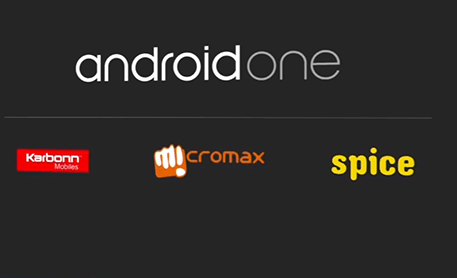When Android was first showcased, it was an open source operating system designed to compete with Blackberry's QWERTY smartphones. But its focus pivoted quickly when Apple showcased the iPhone with a new mobile operating system designed for full touchscreen devices. Since iOS was designed from scratch to suit touch screens, the UI rendering was given high priority. But Android lacked focus on this perspective and it took Android four years to reach iOS level of UI smoothness. This reminds of the time when Steve Jobs said that “the iPhone is five years ahead of its competition”. But is it now five years ahead of Android?
Google I/O 2014 was conducted last month and it was full of surprises; Android got itself a completely new look, faster underlying technology as well as support for 64-bit processors. A bunch of new Android products like Android TV, Android Wear and Android Auto were also revealed. New initiatives like Android One for emerging markets like India showed us that Google wants to improve the performance and quality of low cost smartphones. Besides that, Google showcased tighter integration between all of its products.
Fragmentation was a big issue for everyone
One of the major reason why Android gained popularity during its initial days was because Android gave OEMs the freedom to customise the UI as per their needs. However, all of this 'freedom' resulted into fragmentation. Manufacturers came up with their own custom UI designs (TouchWiz by Samsung and Sense UI by HTC) which were so heavily modified that it didn’t have any resemblance to Android UI in vanilla form whatsoever.
Fragmentation becomes a big head ache for developers as they have to spend a lot of time and effort to optimise their apps or games for all the versions. It also leads to a lot of security related issues. This also stood as a hurdle in devices getting fast updates. How? After Google releases the source code of a new version of Android, manufactures would have to first customise it to their liking, optimise their own apps and device performance, and then test the device for stability. After all of this, manufactures had to wait for carrier approvals in countries like US and UK for their devices to get updated to the latest software.
| Android Version | Market Share |
| Froyo | 0.8% |
| Gingerbread | 14.9% |
| IceCreamSandwich | 12.3% |
| Jelly Bean | 58.4% |
| KitKat | 13.6% |
This is a scenario of markets like US, UK, Canada, etc. where the flagship devices would at least receive the updates even if they are late. Let’s turn our attention to countries like China and India where a lot of low-cost devices from lesser known manufacturers exist. Micromax and Karbonn in countries like India would release devices with outdated versions let alone updating them to latest software in the future. Even after the announcement of Android L, you can see some manufacturers release smartphones running on JellyBean because of comparatively low hardware requirements. While other manufacturers like Samsung and Lenovo would release a flood of mid-range and low-end devices and drop support for them with no future software updates. Even if an update is provided, it’s a one-time update at best.
And Google is trying to control it in a best possible way

But Google's decision to ban OEM skins in products like Android Wear, Android Auto and Android TV came in as a surprise to everyone but it wasn't in a negative way. Google was praised for taking this step as developers and users have suffered enough due to software fragmentation and slow updates. Google banning OEM skins from future Android products can be seen as a way to make the Android experience more consistent but it also kills the open nature. Would Google's restrictions result in an a closed platform like iOS?
To an extent, Android One is one step in the right direction for Google. With Android One, Google is trying to make Android powered devices consistent in experience. Now with a fear that the device might not be qualified for Android One, manufacturers will adhere to what Google has to provide as a reference device. But this also results in Google indirectly controlling the kind of Android devices that would come to the market restricting options for the end consumers but what good is an open system if it does no good to the users?















